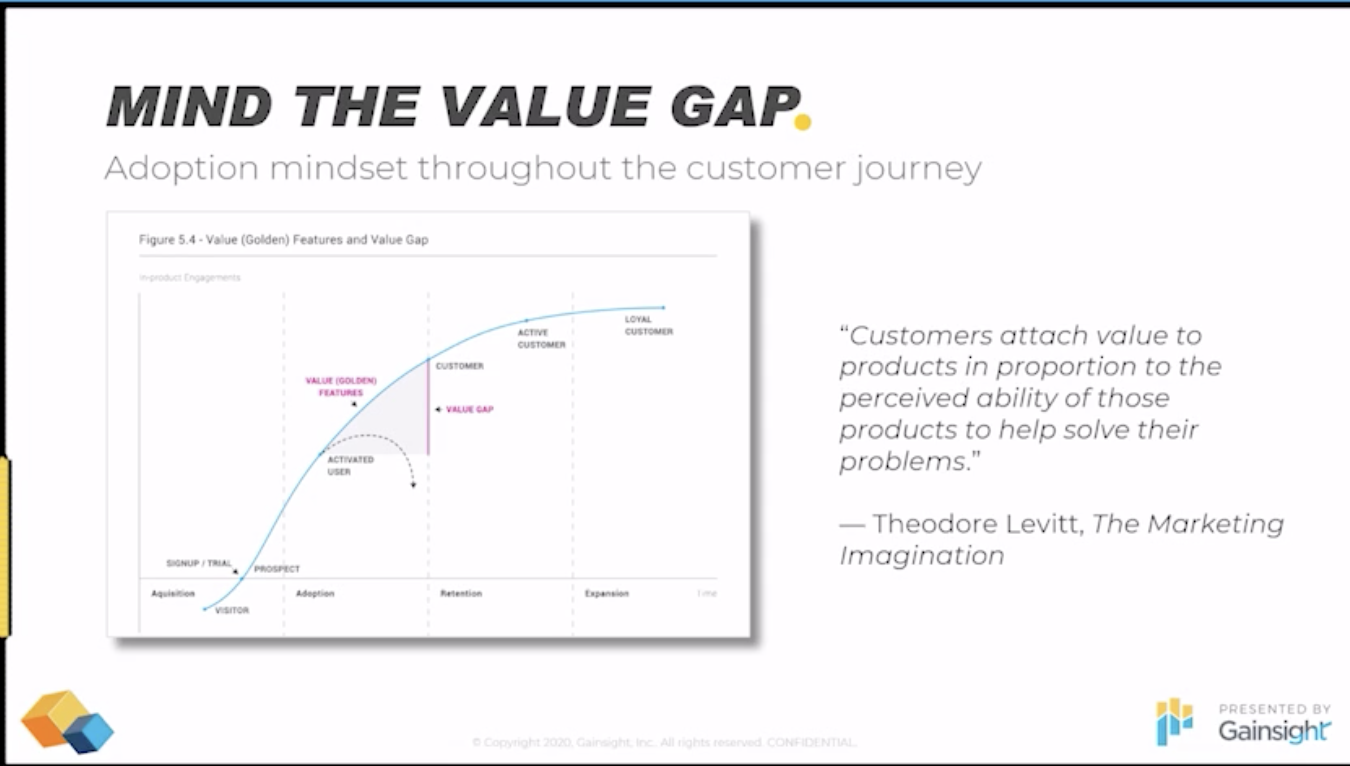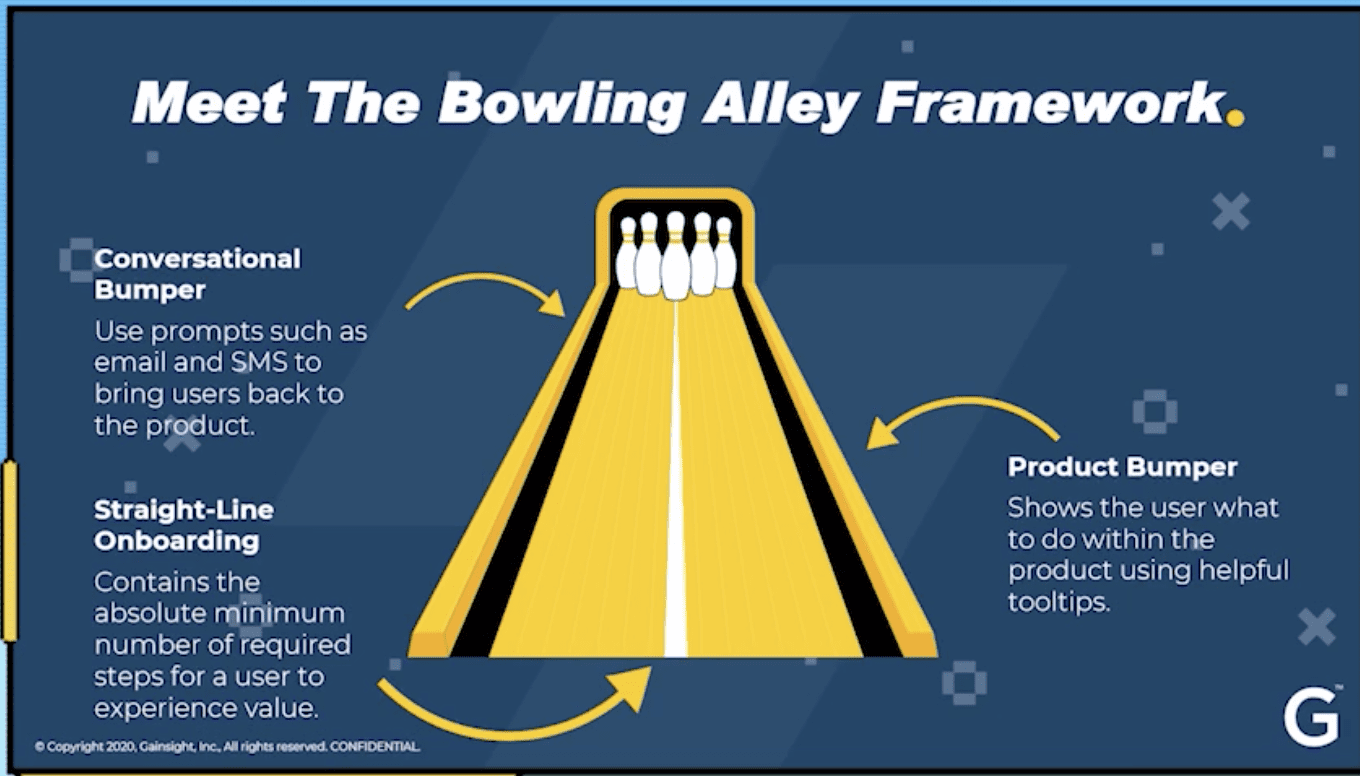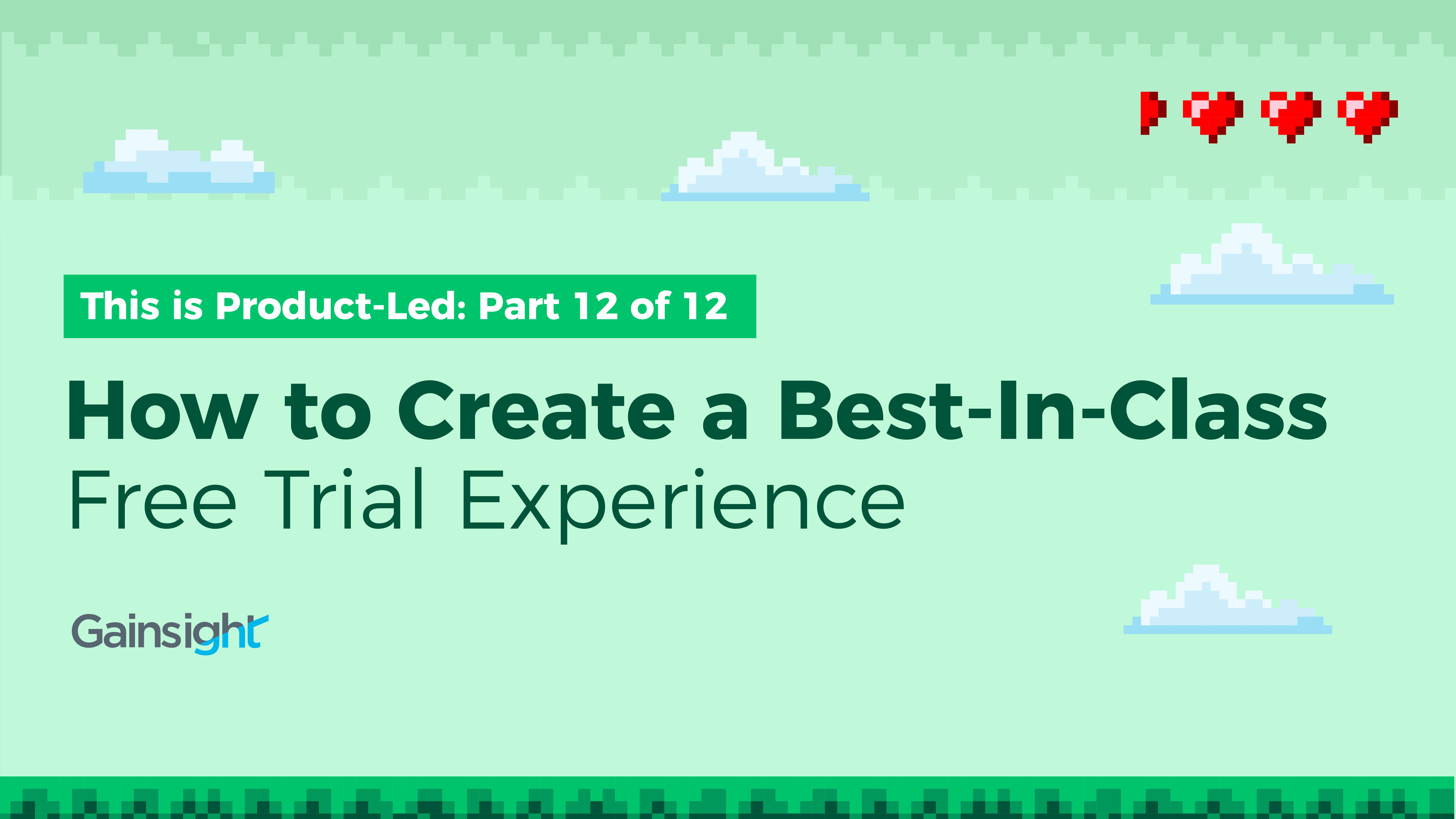This is part 12 of our 12-part series “This is Product-Led,” inspired by our conference for Gainsight PX users, Pulse for Product.
At the dawn of video gaming, California-based Atari was on top. For nearly its entire golden era, the company succeeded with very little intentional marketing.
“They had no sales, no advertising, no marketing, nothing but R&D,” recalls an executive vice president of a company that put money into Atari at the time. Yet Atari systems sold because gaming was nascent and it was easy to reach their ideal consumer through a few small trade publications. Atari focused on making games people loved to play, people continued to buy, publications continued to write, and after two years it grew from a $500 investment to $2M in annual revenue.
The parallels to what’s happening today in B2B software with product-led growth are striking. Companies are realizing that all the marketing in the world can’t convince someone to stay a customer if they don’t enjoy the product. There are too many alternatives, and the switching costs aren’t as high as they used to be.
Wes Bush, Founder and CEO of ProductLed, and Mickey Alon, Founder and CTO of Gainsight PX, discussed this phenomenon in their Pulse for Product session. Those companies that are doubling down on experiences people want to return to are leaving competitors in the dust.
Of Experiences and Expectations
“Think back to a product you recently signed up for,” says Wes. “How long did it take you to get to that point where you experienced the value? If it was quick, I’ll bet you had a good reason to go back and try it again. But if it took a long time and the journey was chaotic, you didn’t.”
Product-led growth is about creating timely, satisfying experiences. Companies can measure this as TTV, or time-to-value: The length of time it takes a user to reach the value—whether it’s running a report, sending a message, or retrieving a file. The lower the TTV, the more likely people are to return and form a habit around the product. But as with so many things, TTV is entirely relative.
What matters is people’s expectations. It could take just one hour for them to reach their value, but if the product is a networking site and all they wanted was to message a connection, it’s probably a dismal failure in their eyes. As Mickey explained in the session, this is known as the value gap.

Product-led growth is, in large part, about reducing that gap until the experience exceeds expectations. With a product analytics platform that can message users within the product, there are lots of ways to do that.
More and more, for the sake of convenience, your application is becoming a messaging channel. Rather than send people an email that takes them out of your product, you can surface alerts, guides, badges, quizzes, and buttons which help smooth the experience.
In many cases, this can reduce the number of touchpoints necessary outside the product. In the typical SaaS product’s case, free trial users are often bombarded by calls from business development reps eager to learn whether they want to buy. But what if you could collect that information passively, without the disruption? With progressive profiling, you can.
Simply pose the questions your sales reps might ask as skippable popups within the product. People can close them out, but over time, they’ll answer one or two. If the question is a multiple choice one like, “What are you hoping to achieve?” or “What’s your role?,” it gives valuable insight that allows you to qualify that lead and begin to design experiences that move them through the funnel.
Wes’ advice for designing experiences that move people through onboarding and adoption swiftly? Bowling-alley style bumpers.
The Best Experiences are Intentionally Accessible
In-app guides and messages serve the same function as bowling alley bumpers. Bumpers were invented when early bowling alleys discovered that new players often didn’t come back. Their biggest complaint? Getting stuck in the gutter. Bumpers were added to nurture novices.
“Product teams often think their new users are about to walk up to the bowling lane and hit a strike on their first try,” says Wes. “But it’s not at all like that. Bumpers, like in-app engagements, build their confidence so they find that initial value and stay.”

Companies with in-app bumpers have great early experiences. And companies with great early experiences, like Atari in the 1970s, see meteoric user growth.
Want meteoric growth for your product? Try a free trial of Gainsight PX today.
